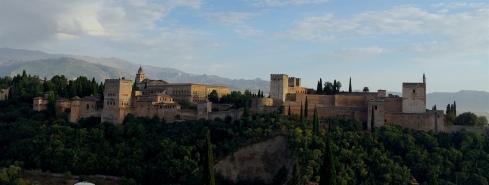
It’s one of the most visited monuments in Europe – and with the crowds here today, I believe it. But nothing can detract from this incredible place. Come wander around La Alhambra de Granada for a while with us…
Once a thriving fortress-palace city with 2700 occupants within its walls, Alhambra or al-qala’a al-hamra (the Red Castle) had orchards and gardens, running water, factories and everything it needed to withstand any siege.
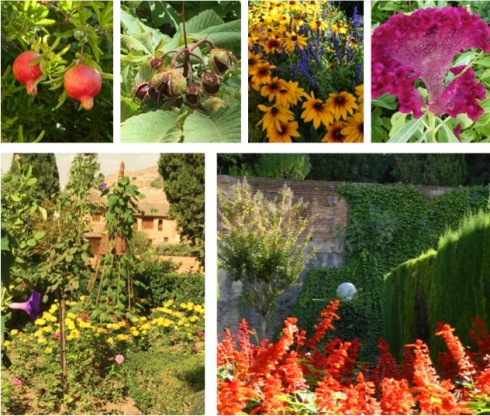
As you wander through the gardens of Generalife, you are literally enveloped in the scent of flowers and fresh herbs…
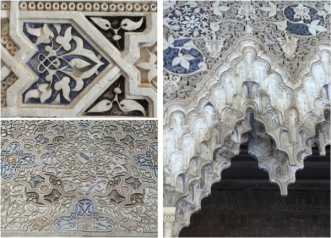 Since its humble beginnings as a hilltop refuge and fortress in the 9th century, Alhambra has survived many changes of fortune.
Since its humble beginnings as a hilltop refuge and fortress in the 9th century, Alhambra has survived many changes of fortune.
By the 14th century during the Nasrid dynasty, the last Arab Muslim dynasty in Spain, the emirs had created a combination of a fortress, palace and small medina (city) that showcased their stunning architecture and artwork.
Water was integral to their design. They believed it was a gift to be cherished and belonged to no man – and that the sound of trickling water created harmony. Today, water still runs along ancient irrigation channels on the streets, into fountains, pools, palaces, houses and gardens, then into the river to start its journey again.
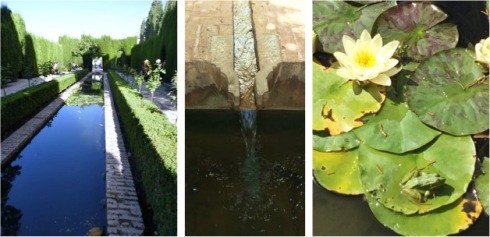
Water still travels here along ancient aqueducts from the mountains around Granada, creating a cool, calm environment – just perfect for a frog prince to hang out!
By 1492, the combination of a civil war over the throne of Granada and the Reconquista (Christian reconquest) created the perfect storm that saw the Nasrid dynasty overthrown. Soon the mosque was replaced by a church, and a Franciscan monastery was built along with other structures including a Renaissance palace.
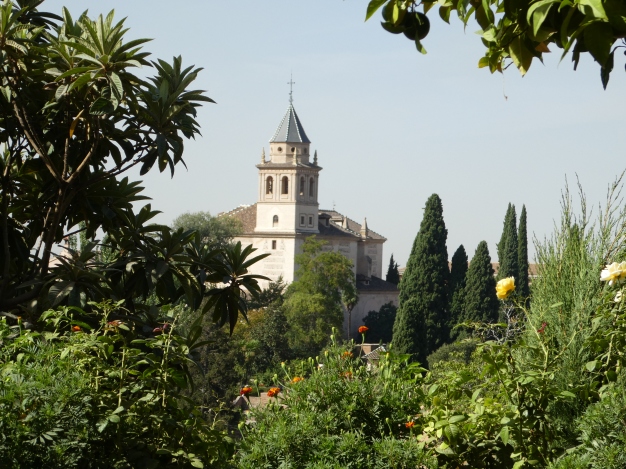
 It’s hard to believe that by the late 18th century this incredible place was totally abandoned and taken over by squatters, who systematically removed and sold off most of the valuable tiles, fountains, marble and other artefacts.
It’s hard to believe that by the late 18th century this incredible place was totally abandoned and taken over by squatters, who systematically removed and sold off most of the valuable tiles, fountains, marble and other artefacts.
But wait, there’s more. In the early 1800s, Napoleon’s troops moved in and converted the palaces into barracks.
During one retreat, they blew up parts of the towers and left the Torre de Siete Suelos and the Torre de Agua in ruins.
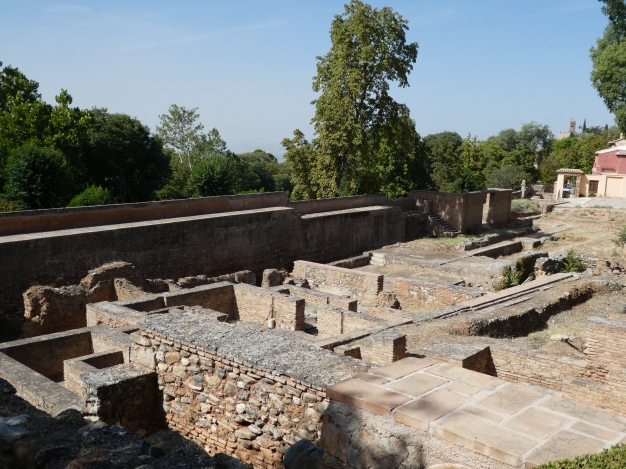
Ruins of the village at Alhambra
It was travellers, poets and other concerned people that finally saved the rotting, overgrown ruin. 19th century American author Washington Irving’s Tales of the Alhambra (1831), written while he stayed in the palace, put a spotlight on the crumbling monument.
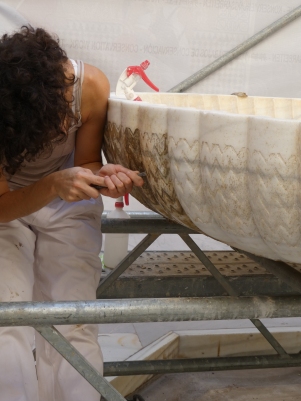
The restoration process continues…
In 1870 it was declared a national monument and the huge restoration task began.
Over a century later, in 1984, it became a Unesco World Heritage Site – and today the restoration work is still underway.
Wandering through this place, you can almost feel its spirit coming to life again… Now that’s a resurrection!
Get tickets before you go: Try Ticketmaster Spain and be aware that lines for tickets at the site are seriously daunting (even for picking up prepaid ones!).
